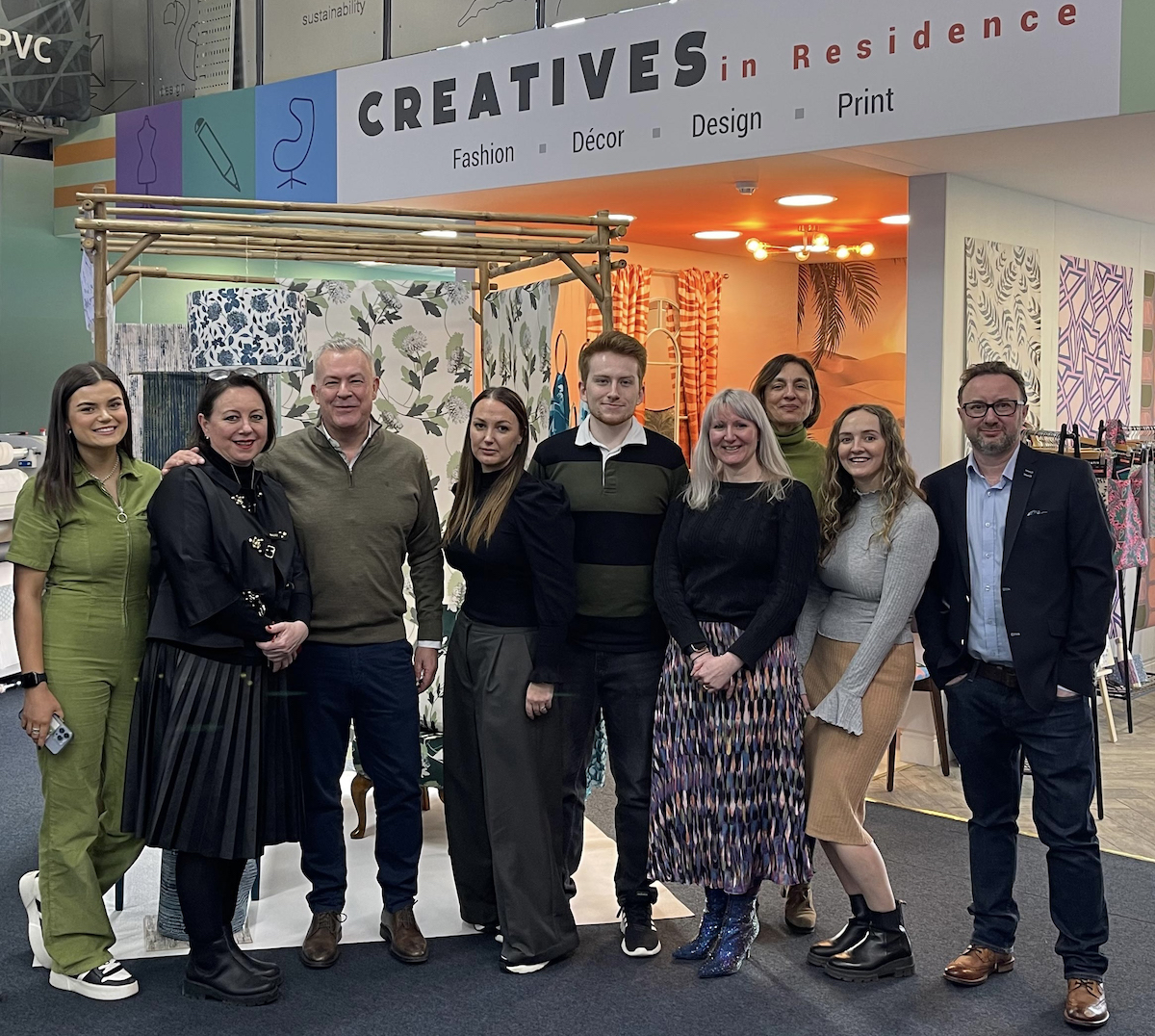With educating the wider market about print possibilities an ongoing mission, are there lessons we can learn from CMYUK’s Creatives in Residence Live initiative?
Like all industries that are undergoing digitisation, printing has propelled itself way beyond its original application. Developments in hardware technologies, improvements in inks, the proliferation of new substrates and materials, advances in telecommunications that have in turn disrupted traditional business models, all point to one thing - when you’re talking of printing you’re talking about so much more than the laying down of ink on paper, banner and board.
So, how do you go about spreading a new narrative about print possibility and and innovation when the old narrative still, largely, reigns supreme amongst those not involved in the industry? What educational strategies can you employ to support existing clients to expand and diversify their offerings? Where do you start when you want to lure new customers from non-traditional sectors? What’s the best way of catching the attention of new talent into an industry that has traditionally had trouble attracting the young?
Initiatives such as Creatives in Residence Live (CIRL) ticks all the above boxes. Devised by CMYUK, this is six-month programme that began in September last year. It gave three surface designers and one videographer (all graduates registered on the Government’s Kickstart scheme) a residency at CMYUK’s demonstration and training facility in Shrewsbury. An exclusive curriculum consisting of monthly modules was written by industry expert, multi-disciplined practitioner, and award-winning textile designer Debbie McKeegan - the founder of TexIntel, the independent online resource for the digital textile community, and Fespa textile ambassador.
“CMYUK seized the opportunity to establish a disciplined and comprehensive internship programme that provided a valuable transition from an educational setting into commercial world practices,” explained Robin East, group commercial director, CMYUK.
“The textile industry is currently undergoing radical transformation - disrupted by digital printing capabilities and e-commerce business models. These lend themselves to on-demand personalisation for short-runs or one-off production, and just-in-time processes that dispense with the need for expensive storage or the creation of surplus items that don’t sell.
“CIRL allowed young creatives to fully absorb these trends and technologies, by providing them with insight, experience and practical knowledge that is highly advantageous for their early career development.”
What has been exceptional about this project is the calibre of industry support it has garnered. Headline sponsors included EFI, Epson, Canon, Mimaki, Kongsberg, Klieverik and AE Sewing Machines, who sent technical experts to train the graduates on their equipment.
In addition, a number of the most successful practitioners currently working in digital textiles, décor and fashion signed up as mentors to the programme. These included Graham and Brown, Standfast and Barracks, Brennan and Burch, Divine Savages, Mary Jones Design, Avalana Design, Pattern Curator, Freya Richmond, and Erica Horn.
The actions and experiences of the surface designers were chronicled regularly throughout and shared on social media platforms, encouraging not only interaction from the international surface design student body but also providing a universal showcase of the best that digital print now has to offer.
The initiative also spotlighted emerging trends and new business models from commercial wallpaper companies producing digital textile-based wallcoverings, the solo creative producer printing and hand making products to sell on Etsy et al, and the fashion companies printing direct to garments, printing just-in-time and fulfilling local orders.
Taking CIRL in its entirety, this initiative offered existing and new digital printing business, whatever their size and client reach, a number of possible commercial blueprints to either support, extend, expand and collaborate.
Over the last two years, digital printing has shown itself to be resilient. Adopting digital automated processes and looking beyond traditional markets has further encouraged this. But as CMYUK’s CIRL project has so ably demonstrated, creatively harnessing the technology is what brings about future growth and success.


